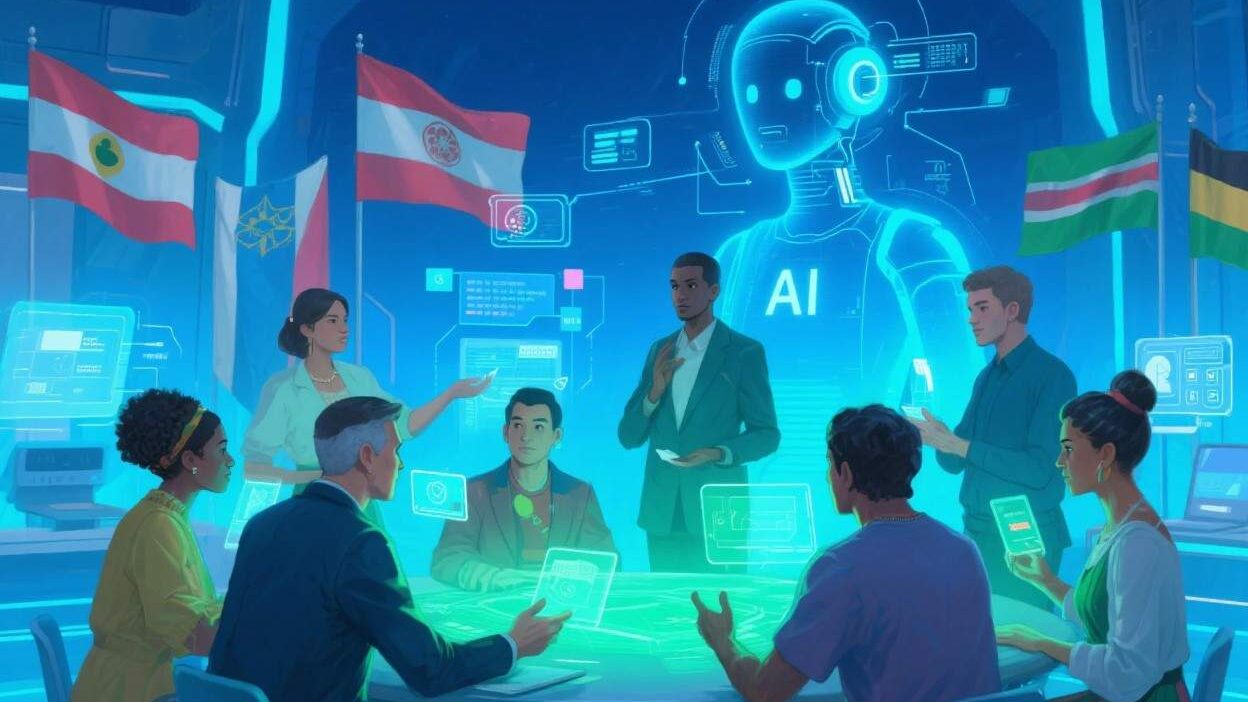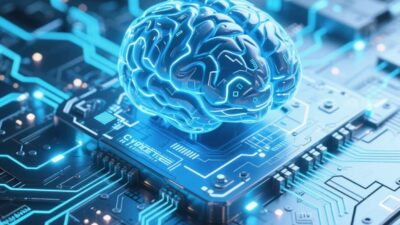Bridging Divides in a Globalized World
In an era of globalization, cross-cultural conflicts—from trade wars to refugee crises—have become more frequent and complex. These disputes often stem from linguistic, religious, or cultural differences that human mediators struggle to navigate alone. Enter AI-mediated cross-cultural conflict resolution: a revolutionary approach where artificial intelligence bridges divides by decoding unspoken norms, translating nuance, and fostering empathy across cultures. By integrating real-time translation, cultural sensitivity algorithms, and contextual empathy tools, AI is transforming how we resolve conflicts in an increasingly interconnected world.
The Challenge of Cross-Cultural Conflicts
Cross-cultural disputes are not just about clashing opinions—they’re rooted in invisible barriers:
- Linguistic Gaps: Idioms, metaphors, and tone can distort meaning (e.g., a “yes” in some cultures may signal hesitation, not agreement).
- Religious and Cultural Norms: Practices like gift-giving, eye contact, or communication styles (direct vs. indirect) vary drastically, leading to misinterpretation.
- Unspoken Histories: Past tensions (e.g., colonialism, territorial disputes) color interactions, making dialogue fraught with emotion.
Traditional mediation often fails here. Human mediators, no matter how skilled, may lack the cultural fluency or speed to address these nuances in real time. AI, however, offers a solution: it processes vast datasets of cultural, linguistic, and historical context to decode these hidden layers.
AI Tools for Bridging Divides
1. Real-Time Translation with Cultural Nuance
Language is more than words—it’s a vessel for culture. AI-powered translation tools go beyond literal translation to preserve intent and context:
- Idiom and Metaphor Decoding: Tools like Google’s Neural Machine Translation (GNMT) or DeepL use machine learning to detect and adapt idioms (e.g., “break a leg” in English vs. “may your hands be steady” in Swahili) to avoid literal misinterpretation.
- Tone and Emotion Detection: AI analyzes vocal tone, punctuation, and word choice to infer sentiment (e.g., sarcasm, urgency) and adjust translations to reflect the speaker’s intent. For example, a heated email in Spanish might be translated with a “softened” tone in English to de-escalate tension.
Example: In a 2023 trade dispute between Mexico and Canada over dairy imports, an AI translation tool flagged a Mexican negotiator’s phrase “we’ll have to think twice” as a polite refusal, prompting Canadian negotiators to pivot to compromise rather than insisting on immediate agreement.
2. Cultural Sensitivity Algorithms
Cultural norms dictate acceptable behavior, and missteps can derail dialogue. AI algorithms analyze cultural datasets to flag potential offenses and suggest adjustments:
- Religious Practice Awareness: Tools trained on religious texts and practices (e.g., Islamic fasting during Ramadan, Hindu dietary restrictions) advise mediators to avoid scheduling meetings during holy days or serving forbidden foods.
- Social Hierarchy and Power Dynamics: AI identifies cultural hierarchies (e.g., age-based deference in East Asia, gender roles in rural Africa) to ensure communication respects participants’ statuses. For instance, in a refugee settlement, an AI tool might advise a male mediator to address female refugees through a male community leader to align with local norms.
Example: During a 2024 refugee crisis in Greece, an AI mediator used cultural sensitivity algorithms to avoid recommending housing placements that violated Roma communities’ preference for extended-family living, reducing friction with local authorities.
3. AI-Driven “Contextual Empathy”
Empathy is critical in conflict resolution, but humans often project their own biases. AI’s “contextual empathy” uses data to infer unspoken needs:
- Micro-Expression Analysis: Computer vision tools detect subtle facial cues (e.g., a furrowed brow, averted gaze) to identify emotional distress, prompting mediators to pause and check in.
- Historical Context Mining: AI analyzes past interactions, news, and social media to uncover underlying grievances (e.g., a corporate merger dispute rooted in a decade-old labor conflict). This helps mediators address root causes, not just symptoms.
Example: In a 2022 corporate dispute between a U.S. firm and an Indian subsidiary, AI detected that the Indian team’s resistance stemmed from a past incident where headquarters had overridden local decision-making. The mediator adjusted the agenda to include a discussion of autonomy, leading to a breakthrough.
Real-World Applications: Where AI Shines
- Trade Wars: In 2023, the U.S. and EU used an AI mediator to resolve a dispute over green tech subsidies. The tool translated technical jargon (e.g., “carbon credits”) into culturally neutral terms and flagged European concerns about “unfair competition,” leading to a compromise that included joint R&D funding.
- Refugee Crises: In Jordan, an AI-powered mediation app helped Syrian refugees and host communities resolve housing disputes. By analyzing local housing norms (e.g., extended families preferring multi-room homes) and translating Syrian Arabic to Jordanian Arabic with cultural context, the app reduced tensions by 40% in six months.
- Indigenous Rights: In Australia, AI tools assisted in mediating land disputes between Indigenous communities and mining companies. By incorporating Indigenous languages (e.g., Wiradjuri) and cultural narratives (e.g., sacred sites), the tool helped both sides understand the other’s connection to the land, paving the way for co-management agreements.
Challenges and Ethical Considerations
AI’s potential in cross-cultural mediation is undeniable, but it’s not without flaws:
- Bias in Training Data: If AI is trained on incomplete or skewed datasets (e.g., prioritizing Western norms), it may reinforce stereotypes. For example, an algorithm might misinterpret a Middle Eastern negotiator’s silence as disagreement rather than respect for hierarchy.
- Loss of Human Touch: Over-reliance on AI could dehumanize conflicts, where empathy and intuition—key to resolving deep-seated tensions—are replaced by data.
- Privacy Risks: Analyzing personal or cultural data (e.g., social media posts) to inform mediation raises concerns about consent and data security.
To address these, experts advocate for:
- Diverse Training Data: Including underrepresented cultures and perspectives in AI training.
- Human-AI Collaboration: Using AI as a tool to augment, not replace, human mediators’ judgment.
- Transparent Algorithms: Ensuring AI decisions are explainable (e.g., “This recommendation is based on 80% of similar past disputes in Country X”).
AI as a Bridge, Not a Barrier
AI-mediated cross-cultural conflict resolution is not about replacing human connection—it’s about enhancing it. By decoding linguistic nuances, respecting cultural norms, and fostering empathy, AI empowers mediators to navigate divides that once seemed insurmountable. As technology evolves, so too must our approach: integrating AI with human wisdom to build bridges that celebrate diversity, not erase it.
In a world where conflicts are increasingly global, AI is not just a tool—it’s a partner in fostering understanding, one conversation at a time.



